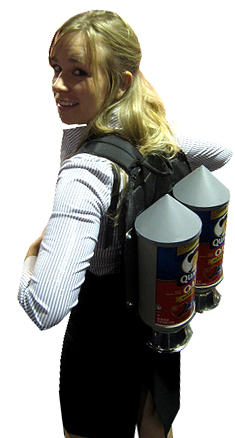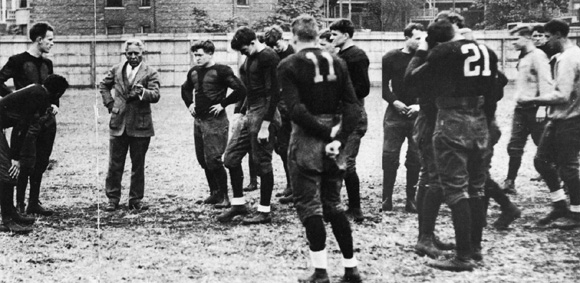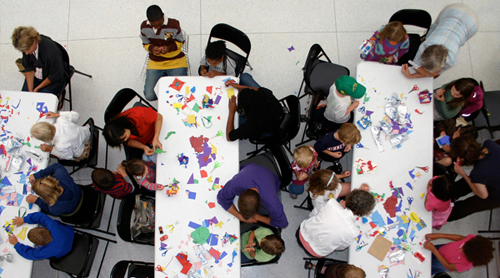Wingy city
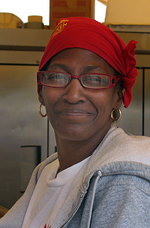 Kim Beryl sits on the closest thing to a throne the Taste of Chicago has to offer.
Kim Beryl sits on the closest thing to a throne the Taste of Chicago has to offer.
Perched on a red chair overseeing the action at the Harold’s Chicken #71 tent, Beryl is a 27-year veteran of the ten-day marathon of chicken-wing frying and hot-sauce drizzling. And there’s plenty of it in the Harold’s tent at Columbus and Congress: patrons squeeze their way to the water-coolers-turned-hot-sauce-containers and vendors ask loudly, "Who wants Harold’s?" The air is crowded with smells, with Oak Street Beach Café’s spicy wings just across the street.
“I love the Taste,” Beryl says. “The people, the energy it takes—it’s gruesome to the body, but it’s all worth it.”
The world’s largest food festival, now in its 29th year, kicked off Friday, and the city expects to attract more than 6 million people. Beryl, an assistant manager at Harold’s #71 at 2109 South Wabash Avenue, says this might be the slowest Taste she’s seen, but Harold’s and the 53 other food vendors still expect a lively crowd to brave the economic downturn, overcast weather, and hundreds of extra calories to enjoy the festivities.
At least it’s not 2004. That year, Beryl remembers, a rainstorm hit like no other the Taste had seen. But even nature’s best attempt to stop the festivities only added to them. “It almost washed us out,” she says with a laugh. “It rained so hard for so long that people were coming into the booth. With the electricity and the propane tanks it was kind of scary.”
Rain or shine, the Taste goes on, and it had better with all the chicken wings Harold’s has on hand. Beryl’s restaurant staff spent weeks preparing 300 cases of wings—200 wings per case—for the event. For the past 11 years she has organized the 25-member team that cooks up the stand’s wings, hush puppies, and okra. Most of the workers have returned from last year, Beryl said, and people as far as Ohio have come to work the Harold’s tent.
Harold’s typically isn’t at the top in terms of Taste sales—that honor usually goes to Robinson’s No. 1 Ribs—and the chicken wing is less iconic that the massive turkey leg that Manny’s Cafeteria has taken over this year. Still, Beryl is glad to be back for another year, watching over the greasy wings that have won the hearts of so many Hyde Parkers.
Jake Grubman, ‘11
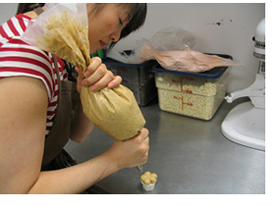 Admit it. You've fantasized about escaping your cubicle or late-night cram sessions, fleeing to Paris, and enrolling in one of the best culinary schools in the world to become a master patissier. C'est très romantique. Now meet your newest object of envy: Teresa Ging, AB'00, who in 2006 did just that. After earning a U of C degree in economics and statistics and spending six years in the fast-paced world of Chicago finance, she traded bonds for brioche and entered the patisserie program at Paris's famed Le Cordon Bleu. Today her bakery, Sugar Bliss cake boutique, helps to satisfy the Loop's sweet tooth with its signature cupcakes and—prepare yourselves—$1 frosting shots.
Admit it. You've fantasized about escaping your cubicle or late-night cram sessions, fleeing to Paris, and enrolling in one of the best culinary schools in the world to become a master patissier. C'est très romantique. Now meet your newest object of envy: Teresa Ging, AB'00, who in 2006 did just that. After earning a U of C degree in economics and statistics and spending six years in the fast-paced world of Chicago finance, she traded bonds for brioche and entered the patisserie program at Paris's famed Le Cordon Bleu. Today her bakery, Sugar Bliss cake boutique, helps to satisfy the Loop's sweet tooth with its signature cupcakes and—prepare yourselves—$1 frosting shots.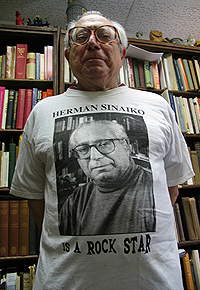
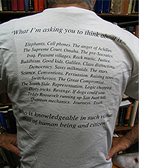
 David Schalliol, AM’04, a PhD student in sociology, has been photographing Chicago’s changing landscape since he came to the University in 2002 for graduate school. In 2000, combining his artistic interests with his academic ones, he launched
David Schalliol, AM’04, a PhD student in sociology, has been photographing Chicago’s changing landscape since he came to the University in 2002 for graduate school. In 2000, combining his artistic interests with his academic ones, he launched  How did you end up in this exhibit?
How did you end up in this exhibit? I am part of the Catherine Edelman Gallery's Chicago Project, which is, in their words, "an online gallery devoted to new and established photographers in the Chicago area who we feel deserve recognition." Every two years the gallery puts together a show featuring some of the members of the project.
I am part of the Catherine Edelman Gallery's Chicago Project, which is, in their words, "an online gallery devoted to new and established photographers in the Chicago area who we feel deserve recognition." Every two years the gallery puts together a show featuring some of the members of the project. Giant backhoes are digging. Dump trucks are hauling away dirt. And if you peer through the chain-link fence and green scrim at the corner of 57th Street and Ellis Avenue, you’ll glimpse the sweeping oval foundation of the Joe and Rika Mansueto Library, scheduled for completion in early 2011.
Giant backhoes are digging. Dump trucks are hauling away dirt. And if you peer through the chain-link fence and green scrim at the corner of 57th Street and Ellis Avenue, you’ll glimpse the sweeping oval foundation of the Joe and Rika Mansueto Library, scheduled for completion in early 2011.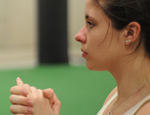
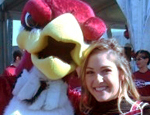
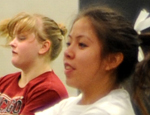


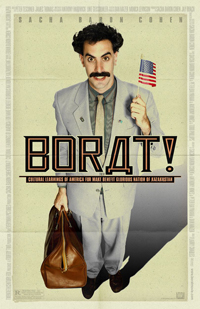 In the vast majority of College courses, the most anxiety-provoking assignment is the final paper. But in Consumerism and Popular Culture, taught by Chad Broughton, AM'97, PhD'01, that’s nothing compared to the Breaching Experiment.
In the vast majority of College courses, the most anxiety-provoking assignment is the final paper. But in Consumerism and Popular Culture, taught by Chad Broughton, AM'97, PhD'01, that’s nothing compared to the Breaching Experiment. 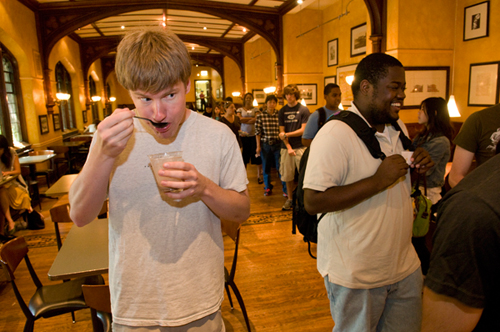
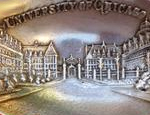

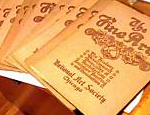
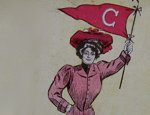
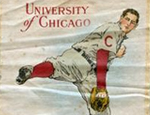
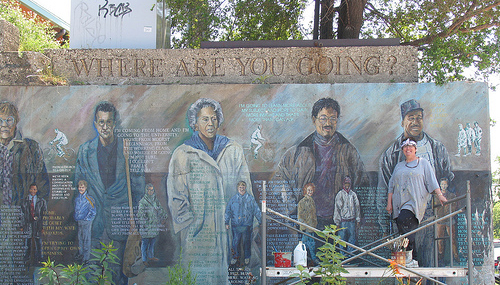
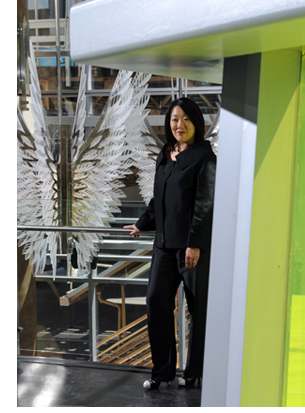 Walking west down Lake Street toward State, I know I’m nearing my “L” stop when I see a long line of dolled up 9-to-5ers whose first choice for happy hour is a hotel bar. (You know it’s really a hot spot when locals are actually eager to drink alongside out-of-towners.) Perched atop the Wit hotel, designed by Chicago-based architect
Walking west down Lake Street toward State, I know I’m nearing my “L” stop when I see a long line of dolled up 9-to-5ers whose first choice for happy hour is a hotel bar. (You know it’s really a hot spot when locals are actually eager to drink alongside out-of-towners.) Perched atop the Wit hotel, designed by Chicago-based architect 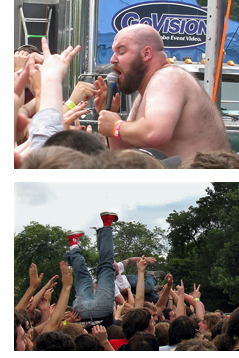
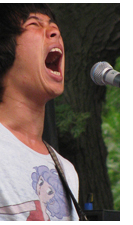 There was much more to see, like the tent full of vinyl records, the arts and crafts fair, and the station where you could set a world record. The people-watching makes for a good time too. Wait—a “world-record station”?
There was much more to see, like the tent full of vinyl records, the arts and crafts fair, and the station where you could set a world record. The people-watching makes for a good time too. Wait—a “world-record station”?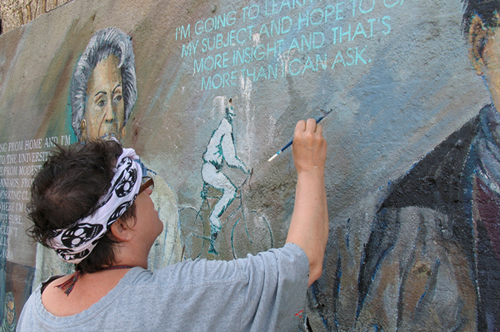
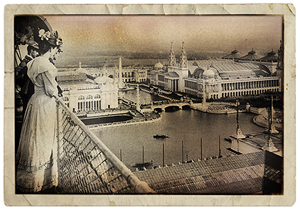 We’re standing at the steps of the Museum of Science and Industry, and Paul Durica, AM’06, is organizing his players like a nervous elementary-school choir director.
We’re standing at the steps of the Museum of Science and Industry, and Paul Durica, AM’06, is organizing his players like a nervous elementary-school choir director.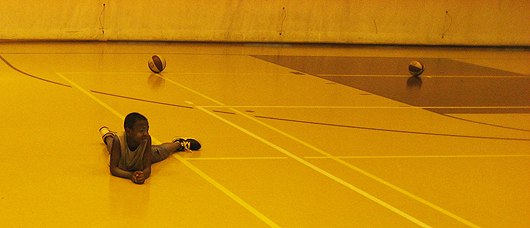 “What you see in front of you is a bunch of junk.”
“What you see in front of you is a bunch of junk.”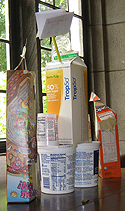 “I don’t think they get a lot of chances to work with their hands and actually build things—a lot of it is just sitting in a desk all day,” says Sisto, a work-study tutor at METROsquash since last October, “so we like to give them a chance to be creative.”
“I don’t think they get a lot of chances to work with their hands and actually build things—a lot of it is just sitting in a desk all day,” says Sisto, a work-study tutor at METROsquash since last October, “so we like to give them a chance to be creative.”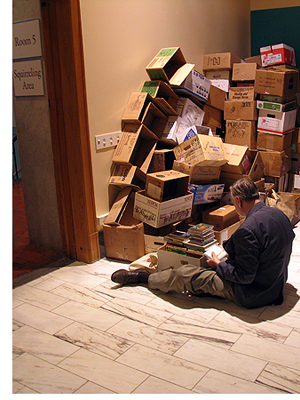 I entered the Newberry Library expecting to see a few curious book-lovers and bargain-hunters. Instead, I saw squirrels.
I entered the Newberry Library expecting to see a few curious book-lovers and bargain-hunters. Instead, I saw squirrels.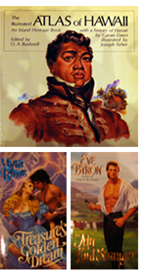 I didn’t see a single uninteresting book: an illustrated atlas of Hawaii, a report on the Church of Scientology “from the inside by a non-member,” thousands of paperback romances with titles like Treasure’s Golden Dream and My Lord Stranger.
I didn’t see a single uninteresting book: an illustrated atlas of Hawaii, a report on the Church of Scientology “from the inside by a non-member,” thousands of paperback romances with titles like Treasure’s Golden Dream and My Lord Stranger.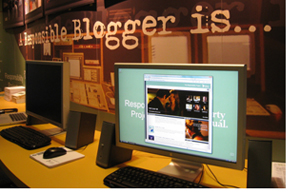 Social media guru Leslie Bradshaw, AB’04, spent last weekend in Chicago networking at BlogHer, the annual women-bloggers convention. Eighty-five tweets (
Social media guru Leslie Bradshaw, AB’04, spent last weekend in Chicago networking at BlogHer, the annual women-bloggers convention. Eighty-five tweets (